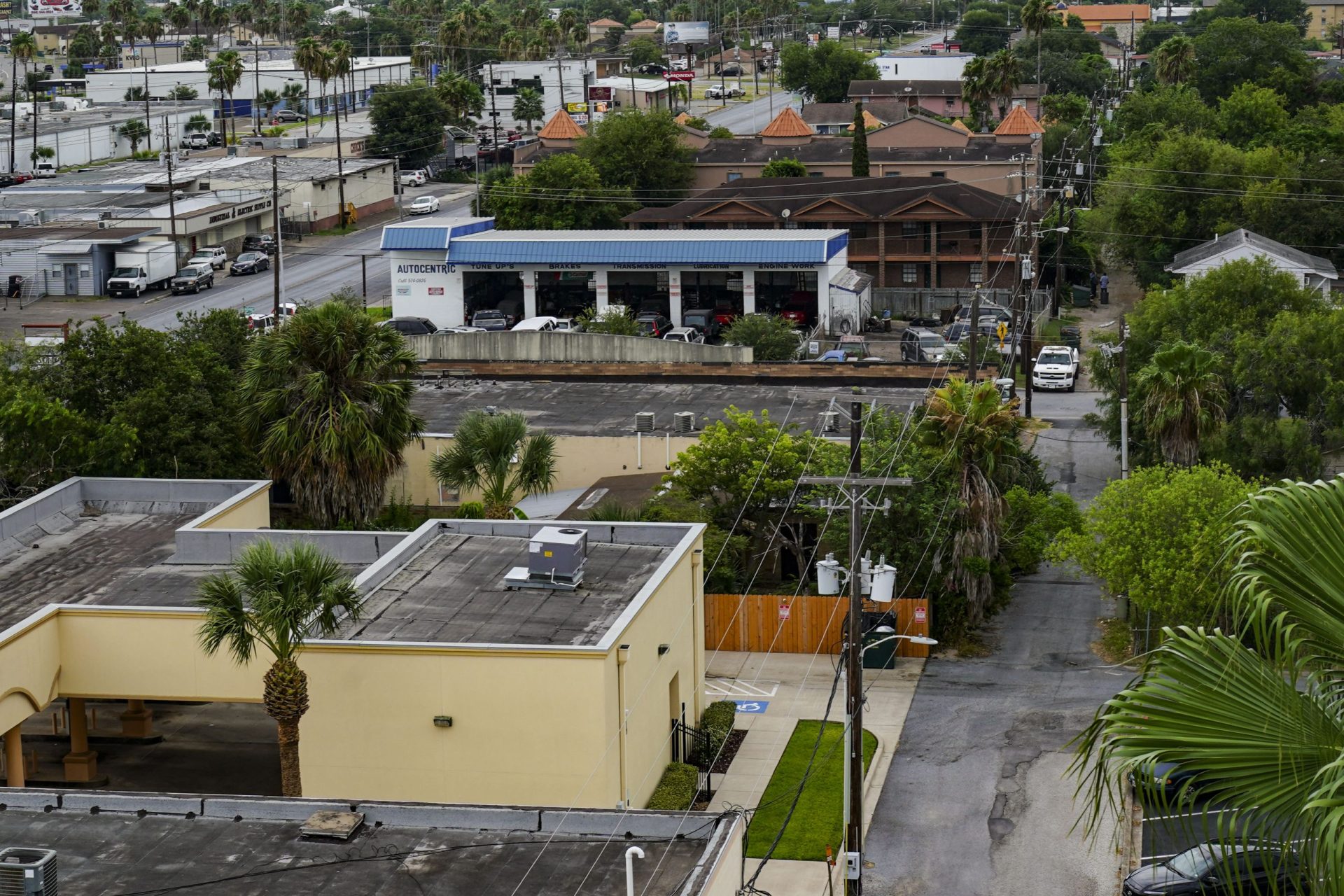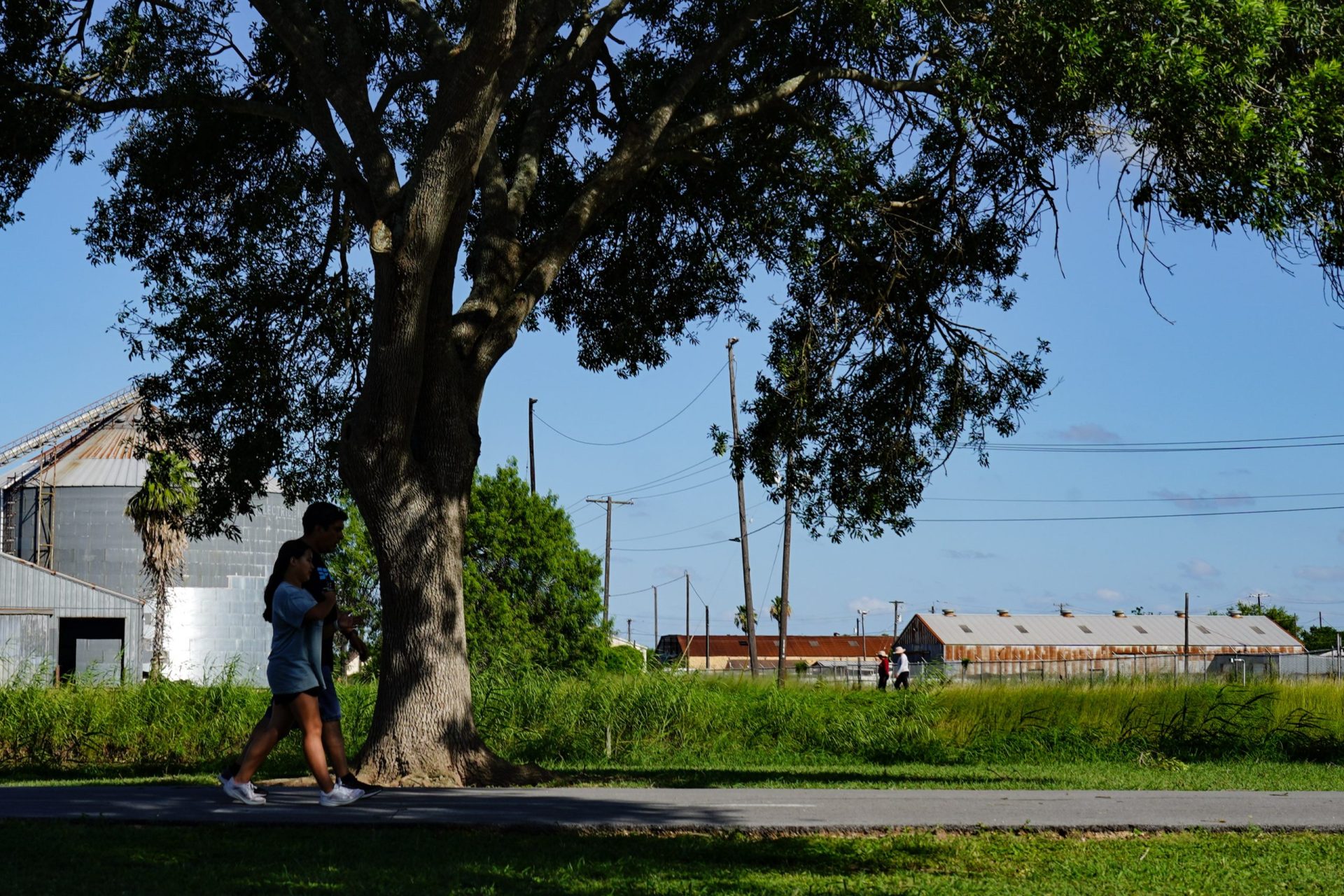|
Only have a minute? Listen instead
Getting your Trinity Audio player ready...
|

In the face of an unrelenting heat wave afflicting South Texas and much of the rest of the state, the Electric Reliability Council of Texas has begun asking state residents to voluntarily reduce their electricity due to the extreme temperatures and anticipated record demand.
ERCOT issued its first Voluntary Conservation Notice for 4 p.m. to 8 p.m. Tuesday, when the actual high temperature for Brownsville was forecast to reach 99 degrees and the heat index (feels-like temperature) 111 degrees late in the afternoon. For McAllen, the forecast was for a peak actual temperature of 106 and a heat index of 115 in the afternoon.
ERCOT issued its conservation call even though the state was not experience emergency grid conditions, though the Public Utility Commission of Texas echoed the call, asking Texans to voluntarily reduce usages “if it is safe to do so.”
“Voluntary conservation is a widely used industry tool that can help lower demand during a specific period of time, typically late afternoon, and evening,” PUCT said. “ERCOT is requesting all government agencies, including city and county offices, to implement all programs to reduce energy use at their facilities.”
ERCOT last weak ordered a Weather Watch for June 15 to 21 due to rising temperatures and electricity demand. On June 19, ERCOT unofficially broke its peak-demand record for June with 79,304 megawatts (MW), surpassing the June 2022 record of 76,718 MW. ERCOT set 11 new peak-demand records last summer, with a current all-time record of 80,148 MW, set on July 20, 2022.
ERCOT said it “will continue to use all tools available to manage the grid reliably, including using reserve power, calling upon reductions by large electric customers that have volunteered to lower their energy use, and bringing more generation online sooner.”
The forecast for June 21 and 22 called for even higher temperatures than Tuesday’s forecast. Brownsville was anticipating peak actual temperatures of 101 and a heat index of 115 for Wednesday, and the same heat index for Thursday but with a peak actual temperature of 99. McAllen was looking at 108 for an actual temperature with a heat index of 119 Wednesday, followed Thursday by an actual high of 103 and a heat index of 117.
The National Weather Service Brownsville-Rio Grande Valley station reported Tuesday morning that there is “no end in sight” for the current heat wave and that it is expected to continue through at least June 25 if not longer.

NWS said June 20 marked the eighth consecutive day with a Heat Advisory (heat index of 111 to 115) or Excessive Heat Warning (heat index of 116 or higher).
“The combination and persistence of daytime heat-index values of 111 or higher, and overnight heat-index values remaining at or above 90 for most of the night, can be life-threatening to people unable to sufficiently hydrate or find air-conditioned locations,” NWS said.
With overnight temperatures above the low 80s and extremely high humidity, there is no chance for residents without access to air conditioning or those sleeping outdoors to get relief.
“Overnight heat index values have remained at or above 90 in the Valley’s urban corridor as well as along the beaches for all but an hour or two before sunrise,” NWS reported.
The cause of the extended spell of heat is an “unusually strong” dome of atmospheric pressure, or high-pressure ridge, parked over the region from the Permian Basin to northern Chihuahua and Coahuila states in Mexico and extending through the Valley and the western Gulf. NWS is forecasting some movement of the heat dome but little in the way of relief for Valley residents.
“The ridge will shift north and elongate across much of Texas over the weekend and early next week, still providing plenty of heat to all of South Texas and northeastern Mexico,” NWS said.



